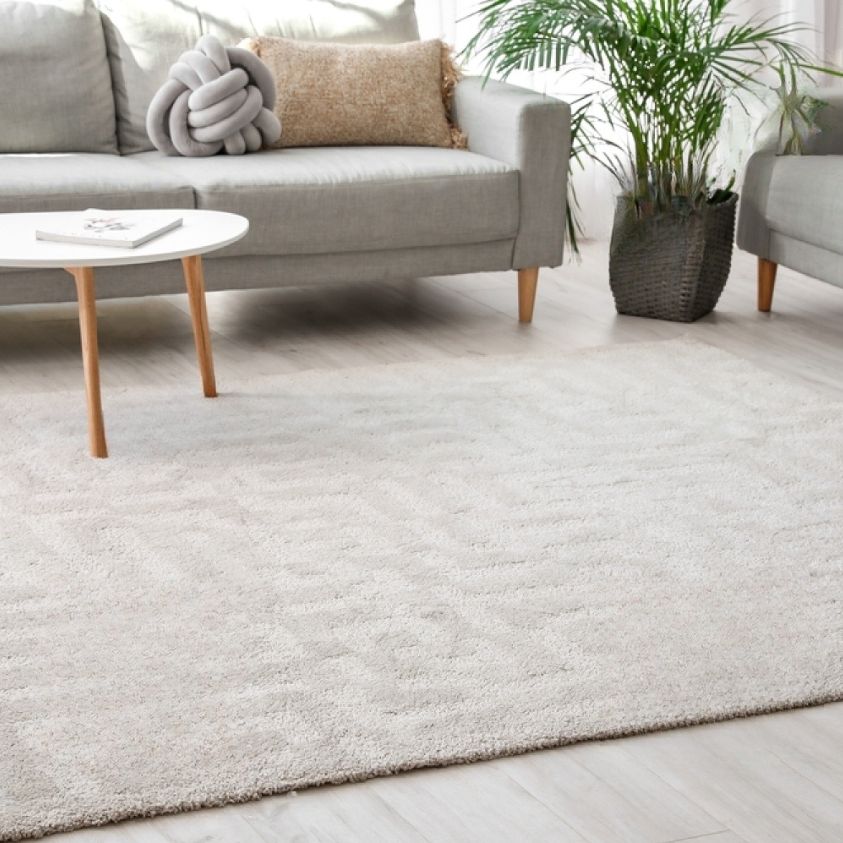Interior design is not only about creating aesthetically pleasing spaces but also about fostering inclusivity. Inclusivity in interior design means creating spaces that cater to the diverse needs, abilities, and preferences of everyone who interacts with them. An inclusive space ensures that all individuals, regardless of age, ability, gender, or background, feel welcomed and comfortable within the environment. In this article, we will delve into the importance of inclusive design and explore ways to create spaces that promote diversity, accessibility, and a sense of belonging.
Understanding Inclusivity in Interior Design
Inclusive interior design is a practice that seeks to accommodate the needs and preferences of all individuals, considering factors such as age, physical abilities, cognitive capabilities, cultural differences, and more. It aims to break down barriers and ensure that every person can use and navigate a space independently and comfortably.
Universal Design Principles
Universal design is at the core of creating inclusive spaces. The seven principles of universal design, as defined by Ronald Mace, provide a framework for designing spaces that are usable by all:
a. Equitable Use: The design is useful and marketable to people with diverse abilities.
b. Flexibility in Use: The design accommodates a wide range of individual preferences and abilities.
c. Simple and Intuitive Use: Use of the design is easy to understand, regardless of the user’s experience, knowledge, or language skills.
d. Perceptible Information: The design communicates necessary information effectively to the user, regardless of ambient conditions or the user’s sensory abilities.
e. Tolerance for Error: The design minimizes hazards and adverse consequences of accidental or unintended actions.
f. Low Physical Effort: The design can be used efficiently and comfortably with a minimum of fatigue.
g. Size and Space for Approach and Use: Appropriate size and space are provided for approach, reach, manipulation, and use, regardless of the user’s body size, posture, or mobility.
Aging in Place: Designing for All Stages of Life
A key aspect of inclusive interior design is considering the needs of individuals as they age. Designing for aging in place involves creating spaces that are accessible and functional for elderly individuals, allowing them to maintain independence and comfort within their own homes as they age.
Accessible Design for Individuals with Disabilities
Inclusive design prioritizes accessibility for individuals with disabilities. This includes ensuring that spaces are wheelchair-accessible, incorporating ramps, elevators, wide doorways, and accessible restrooms. Braille signage and auditory signals are also important elements for those with visual or hearing impairments.
Sensory-Friendly Design
Sensory-friendly design focuses on creating environments that are comfortable for individuals with sensory processing sensitivities. This can include proper lighting to reduce glare, acoustical considerations to minimize noise, and the use of soothing colors and textures to create a calming atmosphere.
Cultural Sensitivity in Design
Cultural inclusivity involves respecting and incorporating elements of various cultures into the design. It’s about understanding cultural differences and preferences to create spaces that are welcoming to everyone, regardless of their cultural background.
Gender-Inclusive Design
Interior design should also challenge gender stereotypes and create spaces that are gender-inclusive. This can be achieved through the use of neutral color palettes, flexible layouts, and by avoiding design elements that reinforce gender bias.
Community Engagement and Feedback
Inclusive design necessitates engaging with the community and seeking feedback from various user groups. Understanding the specific needs and preferences of the users helps tailor the design to accommodate a broader range of individuals effectively.
Technology as an Enabler of Inclusivity
Technological advancements have greatly contributed to inclusive interior design. Smart home technologies, adjustable furniture, voice-activated controls, and assistive devices play a crucial role in enhancing accessibility and making spaces more inclusive for everyone.
Educating Designers and Professionals
To drive inclusivity in interior design, education and awareness are key. Designers and professionals should be continuously educated about the principles of inclusive design and the importance of considering diverse needs and perspectives.
Conclusion
Inclusive interior design is a proactive approach that ensures spaces are accessible, welcoming, and functional for everyone, regardless of their abilities, backgrounds, or preferences. By embracing universal design principles, considering the needs of diverse users, and leveraging technological advancements, designers can create environments that promote diversity, foster inclusivity, and enrich the lives of all individuals within the space. Ultimately, inclusive design is not just about creating spaces; it’s about creating a sense of belonging and empowerment for everyone.





